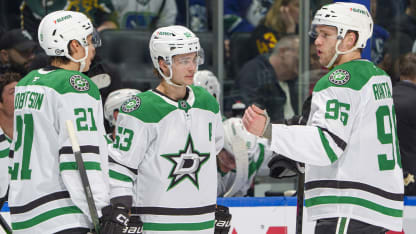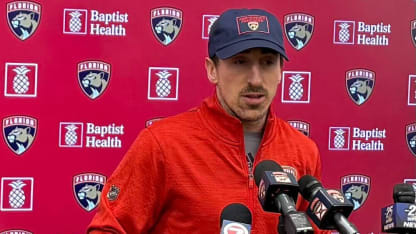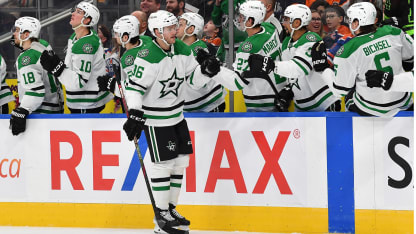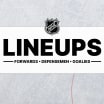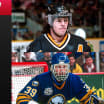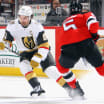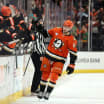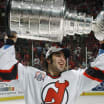When a team acquires a player before the NHL Trade Deadline, the main objective for the coaching staff is to help the player get comfortable as quickly as possible.
At this point in the season, there are maybe 20 games left, and some teams are battling to qualify for the Stanely Cup Playoffs or improve their positioning. So the quicker the player can get acclimated, the better.
Some teams that decided to rebuild and traded away players might have left their former teammates in shock. It may be the team's top player. It may be someone's best friend.
These teams will be left with around 20 games in a season where there isn't much hope to make the playoffs, but there can be some excitement for the young players or a new player that comes into an organization.
You want to finish the season strong to build confidence going into the next season. For some players, they have to think about it as there are jobs to be won for the following season.
Whether in games or practices, this is a time to show an organization that you can be a full-time NHL player. These games become very important as the last games of the season become a tryout of sorts.
A lot of the initial transition is talking the player through what you do with your systems, such as your forecheck and tracking. He might go into a new power play, so the power-play coach will take him through what the team does on the power play. If the player kills penalties, you'll have to go through that system with him.
You want to avoid system overload though. The player might have so much new to think about, so as a coach you need to just briefly touch on little things. Then you need to figure out what the most important thing is with that particular player.
If it's the way you play defense, if it's the power play, whatever it is, you need to find where that player is going to help you the most and emphasize that area to him. So at first you just let him play, and then you can make little adjustments day by day as you watch his games and you look at his video.
Some players are leaving places where they have homes and they have their family there. For example, Brad Marchand, who was traded from the Boston Bruins to the Florida Panthers, had been in Boston forever. Now you're putting him into a situation with Florida where I'm sure he's going to be really excited about having a chance to win the Stanley Cup.
Marchand's situation is a little different because he's doing rehab from an upper-body injury and won't be playing right away. That gives the coaches some time to sit down with him and go into more details of the team's systems.
But other players are traded and jump into the lineup almost right away with their new teams. Defenseman Carson Soucy was acquired by the New York Rangers in a trade with the Vancouver Canucks on Thursday and made his debut with the Rangers against the Ottawa Senators on Saturday.
Soucy had to travel from Vancouver to join the Rangers and then their coaches had to go through their systems with him. It's important to let the players play, though.
You keep the information brief and then it's, "Go out and play and we're going to help you through this as you go." I don't know what the Rangers did with Soucy, but it worked. He scored a goal in his first game.
